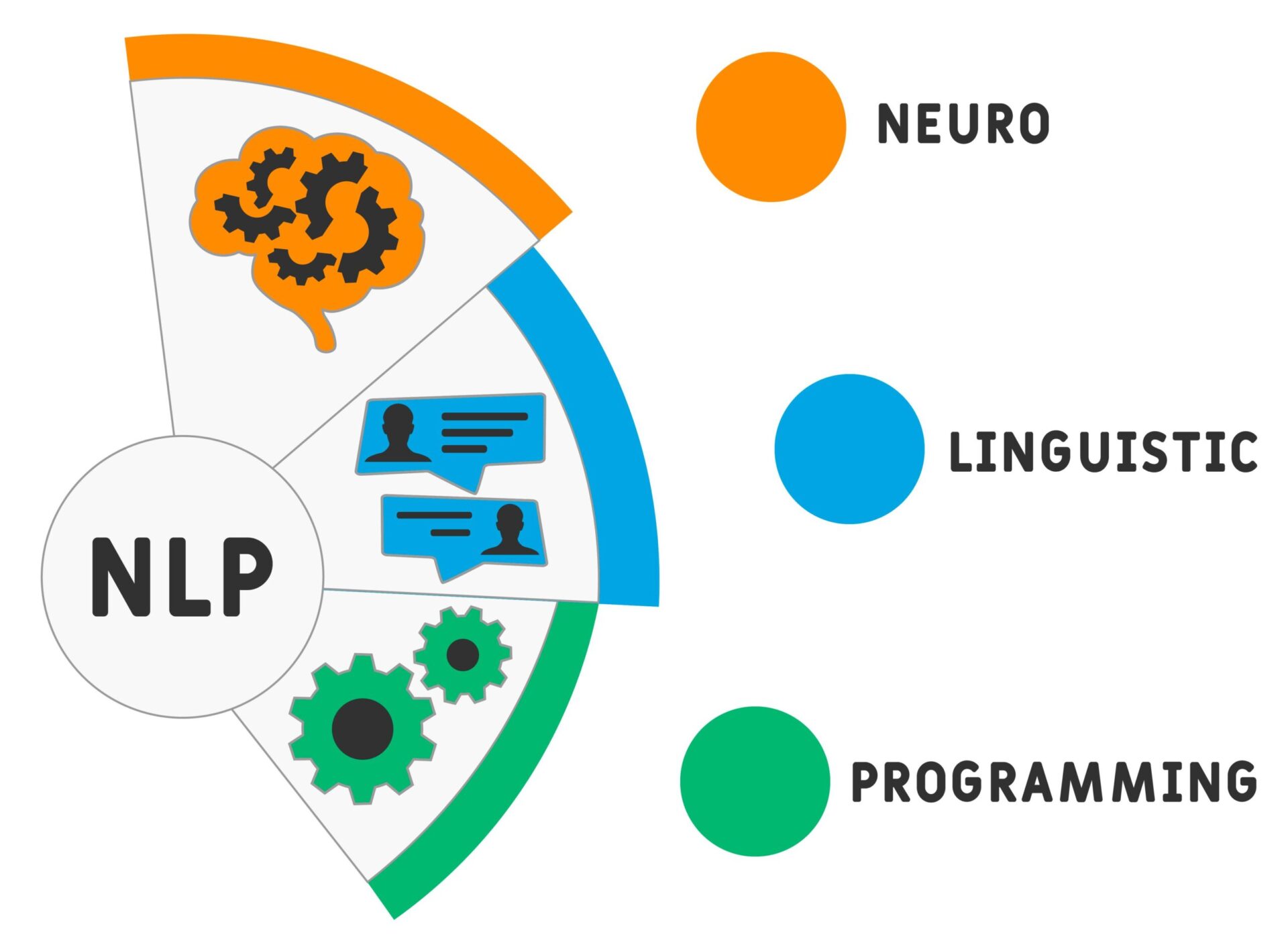In the world of personal development and self-improvement, Neuro-Linguistic Programming (NLP) therapy has gained significant recognition for its transformative power. By understanding the connection between thoughts, language, and behaviour, NLP therapy offers individuals practical techniques to overcome phobias, improve communication skills, and set realistic goals. This article provides an overview of NLP therapy, its techniques, and its applications, highlighting how it can be a valuable tool in personal development.
What Is NLP Therapy?
Neuro-Linguistic Programming (NLP) is a psychological approach that studies the relationship between neurological processes, language, and behavioural patterns. Founded in the 1970s by Richard Bandler and John Grinder, it aims to identify and reprogram limiting thoughts and behaviours, helping people create more constructive patterns. NLP therapy integrates these principles to guide individuals through mental reconditioning for positive change.
Key Techniques in NLP Therapy
- Anchoring: Anchoring is the process of associating a particular mental or emotional state with a physical stimulus or word. This allows individuals to recreate positive states like confidence or relaxation whenever they need them.
- Reframing: Reframing involves changing the way an event or situation is perceived. By altering one’s interpretation of an experience, individuals can develop new and empowering perspectives.
- Swish Pattern: This technique replaces negative thought patterns with positive ones. Visualising a troubling image and “swishing” it out with an image of a positive, desired state helps break habitual thought loops.
- Modelling: Observing and imitating successful behaviours in others can help individuals adopt more effective habits. NLP therapy uses modelling to identify and implement behaviours that align with personal goals.
- Meta-Model: This involves questioning language patterns that limit thinking. By challenging assumptions and generalisations, individuals can achieve clearer communication and a more accurate understanding of their reality.
Applications of NLP Therapy
Overcoming Phobias and Fears
NLP therapy is widely used to help individuals overcome irrational fears and phobias. By reprogramming the subconscious mind, people can change their response to triggers and approach previously distressing situations with confidence.
Improving Communication
The principles of NLP therapy can enhance both personal and professional relationships. By learning to listen actively, understand different communication styles, and convey messages clearly, individuals can build stronger connections.
Setting and Achieving Goals
NLP therapy emphasises setting clear, achievable goals using visualisation and positive language. By reframing limiting beliefs and creating a roadmap for success, individuals can work towards their objectives with renewed focus and motivation.
Neuro-Linguistic Programming therapy is a versatile and powerful tool that offers practical techniques for personal development. Whether you’re looking to overcome phobias, improve communication skills, or set realistic goals, NLP therapy provides a comprehensive framework for achieving positive change.
By learning how to harness the power of your thoughts and language, you can break free from limiting beliefs and unlock your full potential. Explore how NLP therapy can transform your life, and embark on a journey toward greater confidence, clarity, and fulfilment.












